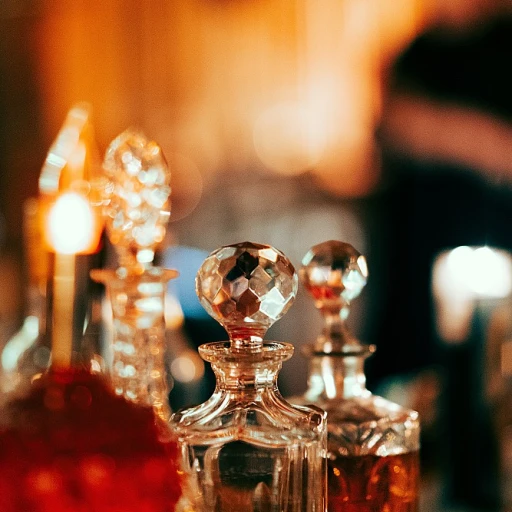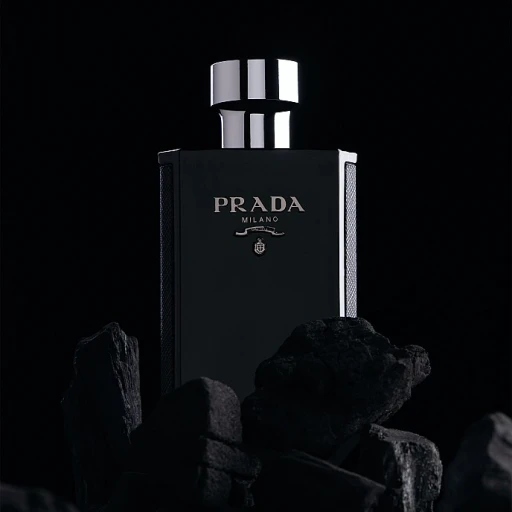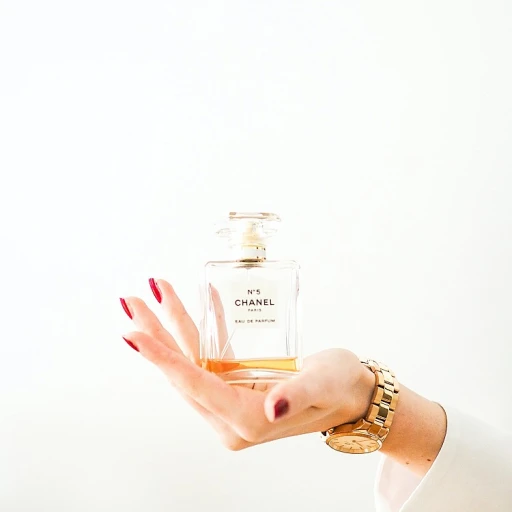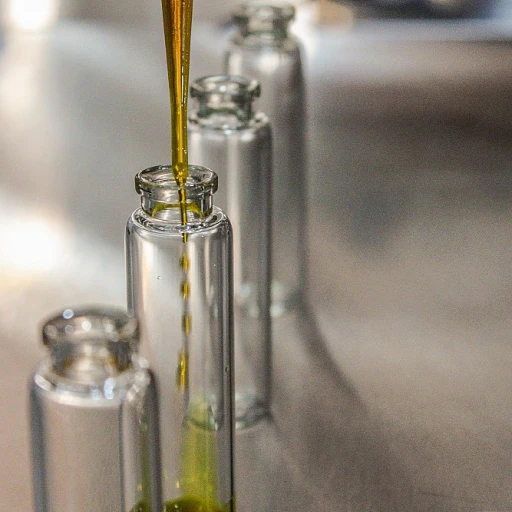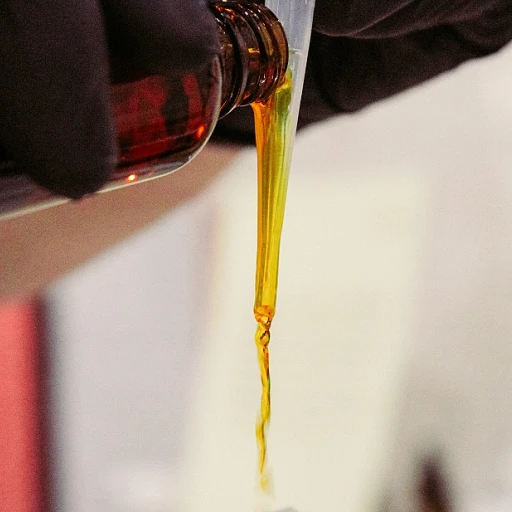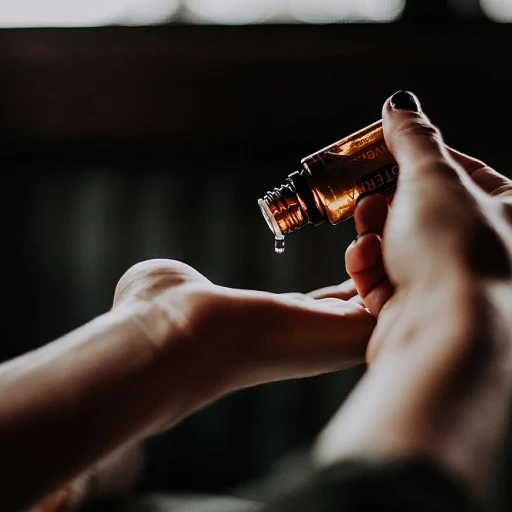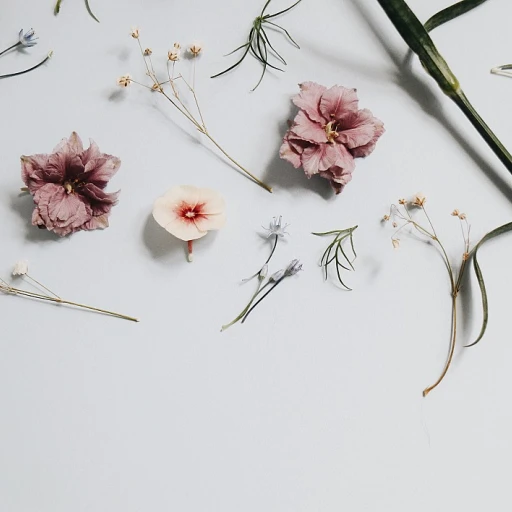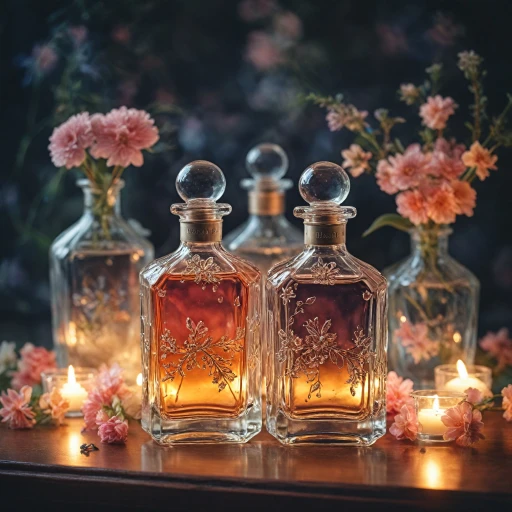
The rich history of arabia perfume
The birth of arabian fragrance tradition
The story of arabia perfume stretches back thousands of years. Long before the advent of modern perfumery, the people of the Arabian Peninsula were renowned for their olfactory creations. Historical records show that even in ancient Mesopotamia, perfumes were part of daily life. Archaeological findings have revealed distillation apparatuses dating as far back as the 3rd millennium BCE in regions such as Bahrain and Oman, underscoring the ancient roots of perfume oil and eau de parfum spray in these cultures.
The role of trade routes in spreading fragrance
Trade routes, notably the Incense Route and the Silk Road, were pivotal in disseminating arabian perfumes beyond borders. Fragrant commodities like frankincense and myrrh, cultivated in the Arabian Peninsula, were traded extensively. These aromatic treasures were highly prized in ancient Egypt, Greece, and Rome. A study conducted by the University of Leicester in 2018 revealed that approximately 75% of the raw incense materials transported via these routes originated from Southern Arabia.
Iconic scents: once reserved for divinity
The use of fragrant oils and resins in religious rituals and royal ceremonies is well documented. Ancient Egypt's elite, including Cleopatra, were known to be ardent admirers of arabian scents. Emperor Nero of Rome reportedly burned an entire year's worth of Arabian incense at his wife's funeral, illustrating the luxurious appeal and cultural significance of these perfumed treasures.
Explore more on historical influences
For more about how ancient arabian scents shaped the evolution of modern perfumes, click here.
Key ingredients in arabia perfume
Exploring the quintessential ingredients of arabia perfume
Perfume making in the Middle East, especially Arabian perfumes, is a meticulous art rooted in tradition and rich culture. The ingredients used in Arabian perfume are as unique as the scents they produce. Let's take a closer look at the key ingredients that define the luxurious essence of arabia perfume.Oud: the liquid gold of arabic perfumes
Oud, often referred to as 'liquid gold,' is the cornerstone of many Arabian perfumes. Sourced from the agarwood tree, oud is praised for its rich, woody, and slightly sweet aroma. According to a 2022 study by Grand View Research, the global oud market is projected to grow at a compound annual growth rate (CAGR) of 7.2% from 2020 to 2027. Oud's high value stems from its rarity and the complex process required to extract the fragrance. This ingredient isn't just a scent; it's an experience that evokes the opulence of the Middle East.Rose: embedding floral elegance
Roses have a revered place in arabian perfume formulations. Distilled rose oil, primarily from the Damask rose, offers a sweet, rich, and intense floral scent. It's noteworthy that a kilogram of rose essential oil can require over 4,000 kilograms of rose petals. In Arabian traditions, the rose symbolizes love, beauty, and luxury. A popular variant is the 'Taif Rose,' which hails from the mountainous region of Taif in Saudi Arabia and is renowned for its potent and captivating aroma.Amber: the warming essence
Amber, another staple in arabia perfume, creates warmth and depth in fragrances. Amber isn't a singular substance but a blend of resins, spices, and oils. The "amber effect" in perfumes often combines labdanum, benzoin, and vanilla. According to global market reports, amber notes are prevalent in 32% of women's perfumes and 17% of men's. Its mystical and enduring scent makes it a key ingredient in many unisex fragrances.Sandalwood: grounding the senses
Sandalwood, especially Mysore sandalwood, provides a creamy, woody base to many Arabian perfumes. Its demand often surpasses 5,000 metric tons annually, as noted by industry reports. Sandalwood's ability to blend seamlessly with both floral and woody notes makes it indispensable in arabian perfume compositions. It's highly valued for its calming properties and longevity on the skin.Musk: the sensual touch
Musk, originally derived from the gland of the male musk deer, is now commonly synthesized to protect wildlife. It's a powerhouse base note in Arabian perfumes, lending a sensual and slightly animalistic character to fragrances. Reports indicate that around 25% of modern perfumes feature musk as a key ingredient. Its staying power on the skin and warm, enveloping scent profile make it a timeless favorite.For more insights into Arabian perfume culture and its mesmerizing appeal, check out embracing the cultural mystique of arabic perfume.
The art of perfume-making in the Middle East
Crafted by masters: the intricate process of Middle Eastern perfume-making
Perfume-making in the Middle East is an art form that harks back to ancient times, deeply rooted in tradition, and perfected over generations. The creation process of arabia perfume is a meticulous endeavor, blending science, craftsmanship, and an inherent understanding of nature's finest elements.The masons of fragrance
Just like master masons, the artisans behind arabia perfumes are adept in their craft. These perfumers, often called 'Nose' or 'Nez' in French, have honed their olfactory skills to discern and balance the countless intricate notes that make up a captivating perfume. Some notable figures in this space include Roja Dove and Francis Kurkdjian, whose expertise embodies the peak of perfumery.Spanning centuries of tradition
With roots tracing back to ancient Mesopotamia, Middle Eastern perfumery flourished during the Islamic Golden Age. Techniques and practices passed down through generations have kept alive the essence of traditional methods. One classical approach is 'maceration,' where raw materials like oud and amber are soaked in alcohol or oil to extract their robust, long-lasting fragrances. Another enduring practice is 'steam distillation,' predominantly used to extract essential oils from delicate flowers like rose and jasmine.From raw material to captivating aroma
Selecting high-quality ingredients is the first step in crafting a luxurious arabia perfume. Ingredients such as oud, sandalwood, amber, musk, and roses from Taif are sourced for their rich, intense aromas. Oud, in particular, is a prized component derived from the resinous heartwood of Agarwood trees and can cost significantly more than gold. Saudi Arabia is a notable exporter of premium Oud. After selection, ingredients go through a rigorous blending process. Perfumers combine various essential oils and absolutes, balancing top, middle, and base notes for a harmonious bouquet. This blend is then aged, a step crucial for the fragrance to mature and its full character to develop. French perfumer Dominique Ropion once noted, "A perfume needs several months, sometimes years, to become truly extraordinary." The aging process mirrors the aging of fine wine, enhancing depth and complexity.Modern technologies meet ancient practices
While the core techniques remain traditional, modern advancements have streamlined certain aspects of perfume-making. Chromatography and mass spectrometry are now used to analyze and replicate the exact composition of natural scents, ensuring consistency in production, helping maintain the unique identity of each fragrance. Brands like Al Haramain and Swiss Arabian incorporate these technologies, blending tradition with innovation to produce contemporary masterpieces. For those who cherish the nuanced, handcrafted essence of classic perfumes, you may explore more about their history and significance here.Legacy in a bottle
The artistry behind every bottle of arabia perfume is a testament to the region's rich heritage. Each perfume narrates a story, a history immortalized in scent. The meticulous process, from selecting the finest raw materials to the delicate art of blending and aging, transforms each ingredient into a symphony of fragrance. This legacy continues to enchant modern perfume enthusiasts, bridging the gap between ancient traditions and contemporary trends.Popular arabia perfume brands
Leading names in the world of arabian perfume
Exploring arabian perfumes is incomplete without diving into the iconic brands that have shaped this aromatic world. From age-old names to contemporary houses, each brand brings its unique interpretation and artistry.
Swiss Arabian is a brand that reverberates with the perfect blend of the Middle East's perfumery heritage and modern innovation. Established in 1974, this brand offers a wide array of scents ranging from concentrated perfume oil to eau de parfum spray. Their EDPs like the floral-oriental Shaghaf Oud are particularly popular and hold a significant place in the market. Regular price comparisons show that Swiss Arabian products offer high-quality fragrances at relatively affordable prices, considering their luxurious compositions.
Al Haramain is another emblematic name synonymous with luxury. With a lineage dating back to 1970, Al Haramain crafts exquisite perfumes where oud takes center stage. Their perfumes are noted for their long-lasting natures and complex layers of notes. Al Haramain is especially praised in women reviews for blends like Amber Oud, which also offer free shipping on various orders.
Ard Al Zaafaran appeals to a wide audience due to its affordable yet captivating fragrances. Known for their rich blends of musk, rose, and oud, Ard Al Zaafaran is gaining popularity. Reviews regularly laud the brand's Hareem Al Sultan for its remarkable sillage and longevity, making it a staple in many collections at a price point that doesn't break the bank.
A look at popular fragrances
Within the portfolio of these established brands exist numerous sought-after perfumes. On the higher end, you have fragrances such as Oud Al Emarat by Swiss Arabian, which is a true testament to the brand’s expertise in blending oud with amber and cedar wood. It’s an ideal choice for customers seeking an indulgent, long-lasting experience.
Meanwhile, Sheikh Al Shuyukh by Ard Al Zaafaran offers an accessible option for those new to arabian perfumes. Its balanced composition of white musk, oud, and floral notes makes it an attractive unisex option, often highlighted in customer reviews for its unique yet adaptable scent profile.
Unique offerings and special editions
Apart from regular collections, these brands often release special editions and unique offerings. For instance, Al Haramain’s Oudh Patchouli Eau de Parfum brings a balanced mix of woody and fresh elements, making it a perennial favorite. These limited editions often come with branding elements that appeal to both collectors and regular users alike, ensuring they remain in high demand long after their release.
For customers looking to indulge in the essence of arabian perfumes, the possibilities are broad and enticing. Whether it's the concentrated perfume oils designed for longevity or the more versatile eau de parfum sprays, there’s a perfect scent for everyone.
In this realm of luxurious scents, the rich heritage of these aromatic creations plays an indispensable role in the brands we celebrate today.
The allure of oud in arabian perfumes
The timeless charm of oud
The word "oud" brings a sense of luxury and prestige within the perfume industry. This aromatic resin derived from the heartwood of the agarwood tree is often considered "liquid gold." Its use in Arabian perfumes dates back centuries, transcending ordinary perfumery to reflect deep cultural significance.
A reflection of its esteemed status is found in the numbers. According to Euromonitor International, the global market for oud-based perfumes was valued at USD 6.2 billion in 2020, with significant growth projected in the coming years. Oud's unique fragrance profile, featuring warm, woody, and slightly balsamic notes, makes it irresistible to both perfume connoisseurs and newcomers alike.
Dr. Paolo Rovesti, an expert in essential oils and director of the Milano Smell Festival, mentioned in a 2022 interview, "Oud is not just a scent; it is an olfactory journey that tells the tale of time-honored traditions and the expertise of Arabian perfumers." This kind of insight explains why even the slightest whiff of oud can transport one to the bustling souks and majestic palaces of the Middle East.
One standout example comes from the legendary Swiss Arabian brand, noted for its exquisite oud fragrances like the Oud Maknoon. This perfume masterfully combines oud with notes of rose, saffron, and amber, creating an unforgettable scent that's equally suitable for men and women. The brand's dedication to high-quality ingredients and intricate blending techniques has resulted in a loyal customer base around the globe.
Oud's universal appeal isn't confined to traditional perfumes either. Many modern perfumers are experimenting with oud in eau de parfum sprays and even in concentrated perfume oils. For instance, Al Haramain's Sheikh Zayed Heritage Collection highlights the magnificent aroma of oud in versatile formats suitable for any occasion.
In customer reviews, oud-based fragrances consistently score high marks. One user on Fragrantica appreciated the long-lasting effect and the deep complexity of Swiss Arabian's Shaghaf Oud, describing it as "a perfect blend of tradition and modernity." Another user expressed admiration for the unisex appeal of oud, stating, "It breaks gender norms with its bold, deep scent that feels empowering and sensual regardless of who wears it."
Perfume oil vs. eau de parfum: what’s the difference?
Differences between perfume oil and eau de parfum
When it comes to luxury fragrances, many people get confused between perfume oil and eau de parfum (EDP). Understanding the nuances can enhance your experience and help you make an informed choice. Perfume oil, or attar as it's popularly known in the Middle East, is a concentrated essence derived primarily from natural oils. This form has been paramount in Arabian perfumery for centuries due to its longevity and the richness of its fragrance. According to a report by Statista, natural oils' market share in the Middle East was around 20% in 2022 [source: Statista]. These oils are known for being alcohol-free, making them ideal for people with sensitive skin or those who prefer a more potent scent. On the other hand, eau de parfum is a blend that includes both natural oils and alcohol, generally containing about 15-20% of aromatic compounds. This makes EDP a bit lighter compared to concentrated oils but still offers long-lasting scent, typically lingering for 6-8 hours. Mark Behnke, a perfumery expert, states, “The diffusion of sophisticated scents from an EDP showcases the complexity of modern perfume-making” [source: fragantica.com]. A noteworthy example is Swiss Arabian's Shaghaf Oud, a classic EDP adored for its complex notes that include oud, rose, and saffron. It's available regularly at a price-friendly point, making it an excellent pick for those looking for a luxurious yet accessible choice. Reviews often mention its long-lasting effect and elegant packaging, highlighting its popularity among both men and women [source: swissarabian.com]. Costing, of course, plays a significant role in your decision-making. Regular price differences between perfume oils and EDPs can be substantial. For instance, perfume oils tend to have a higher upfront cost due to their concentration but offer more value in the long run because only a drop or two is needed per application. On the other hand, a 50ml bottle of eau de parfum typically offers better value per milliliter but needs more generous applications. Oud-based perfumes, like those from Al Haramain, illustrate this perfectly. Their EDP sprays generally go for around $50-100, and they offer frequent sales and free shipping on orders over a certain amount, making it accessible for everyone [source: alharamainperfumes.com]. So, how do you choose? If you want a more intimate, skin-close scent and have sensitive skin, go for perfume oils. If you prefer a scent that projects more and enjoy the complexity of alcohol and oil blends, eau de parfum could be your go-to. Ultimately, both options offer unique benefits tailored to different needs and preferences.Unisex fragrances: breaking gender norms
Gender-neutral appeal of arabian perfumes
In the ever-evolving perfume industry, the trend towards unisex fragrances is redefining how we view perfumes. This shift isn't just a passing phase; it's rooted in cultural and historical relevance, especially within the Middle East. Arabian perfumes have long embraced the concept of unisex scents, placing less emphasis on gender-specific fragrances.
Traditional arabian perfume oils and oud are primary examples. Their rich, complex compositions strike a balance between masculine and feminine notes, making them versatile and appealing to all. A bottle of oud perfume oil or amber cedar wood essence is just as likely to be found on a man's dresser as a woman's vanity.
Key components driving the trend
A significant factor driving the growth of unisex arabian perfumes is their note structure. Ingredients like white musk, rose, and sandalwood are cherished for their universal appeal. For instance, Swiss Arabian perfumes often combine these traditional elements to create balanced aromas that transcend gender-specific preferences.
Brands also emphasize the use of eau and perfume oil versions to cater to varied tastes. The popularity of concentrated perfume oil among both men and women adds to the inclusive nature of these products.
Market response and consumer feedback
Consumer reviews reveal an increasing preference for unisex fragrances. Users appreciate the fluidity and personal expression such scents offer. With free shipping options on orders, and eau de parfum spray being available at a regular price or sale price, these perfumes are accessible to a broad audience.
Notable arabian perfume houses like Al Haramain and Ard Al Zaafaran have amplified their unisex offerings. Their approach reflects a deep understanding of the evolving consumer landscape, where individuals seek fragrances that resonate with their personal identities rather than societal norms.
Embracing change: the future of unisex perfumes
The rise of unisex arabian perfumes is more than a trend; it's a movement towards inclusivity. This shift is poised to influence the fragrance industry globally, setting a precedent for brands to follow. By breaking traditional gender norms, these perfumes allow for a more inclusive and personalized experience.
Analysts anticipate further growth in this segment, driven by both tradition and innovation. As consumers continue to favor scents that speak to their unique identities, unisex arabian perfumes are likely to remain at the forefront.
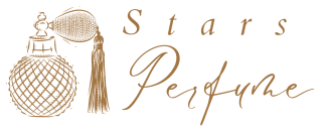
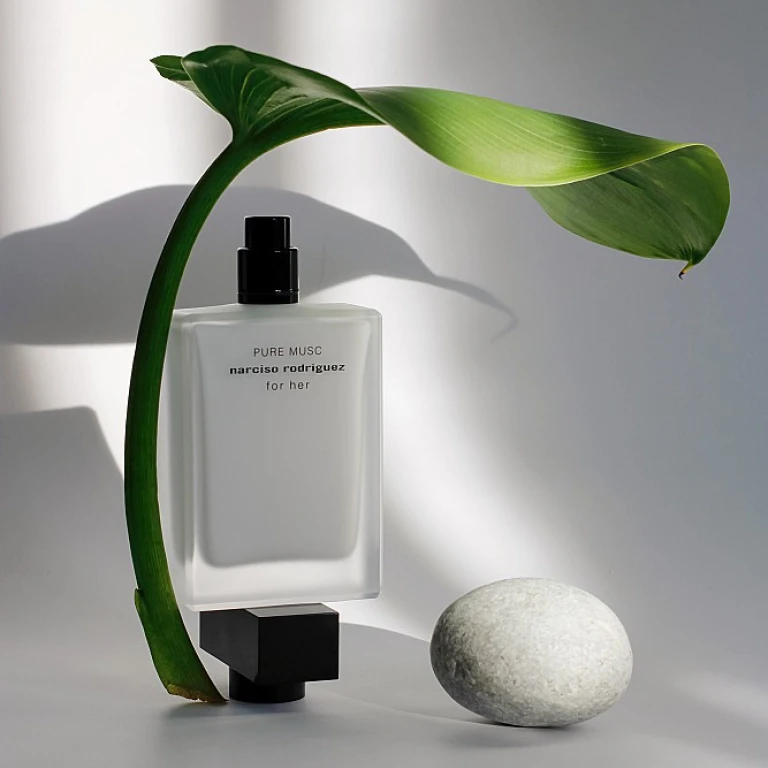
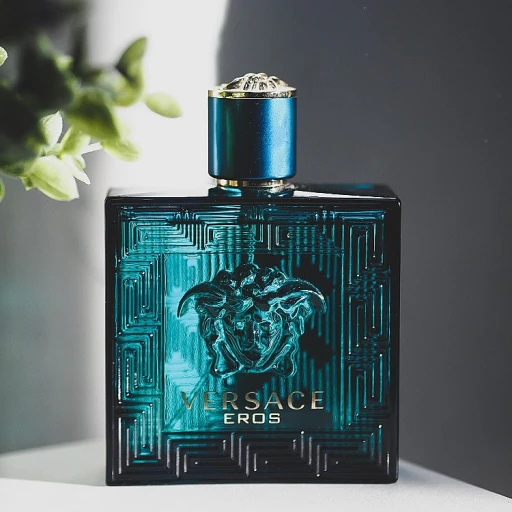
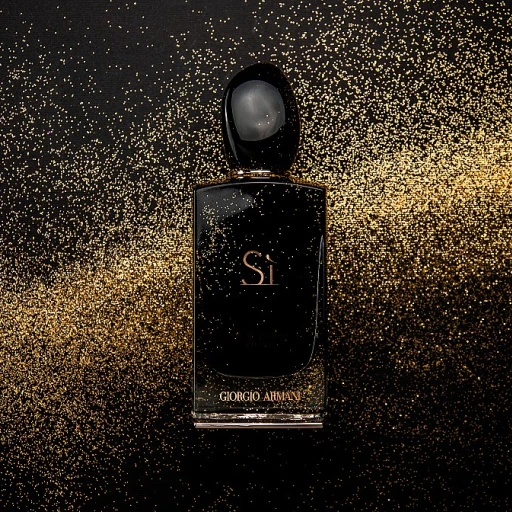
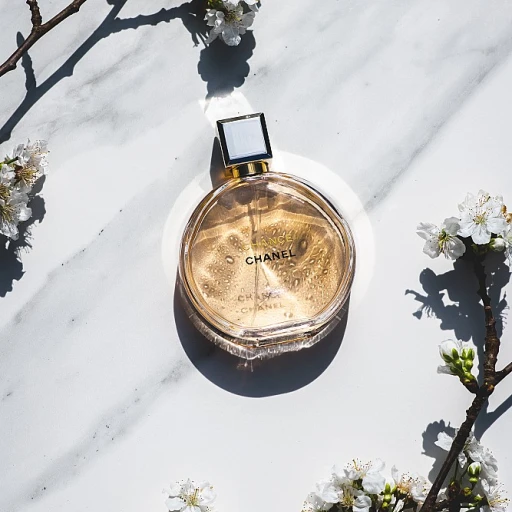
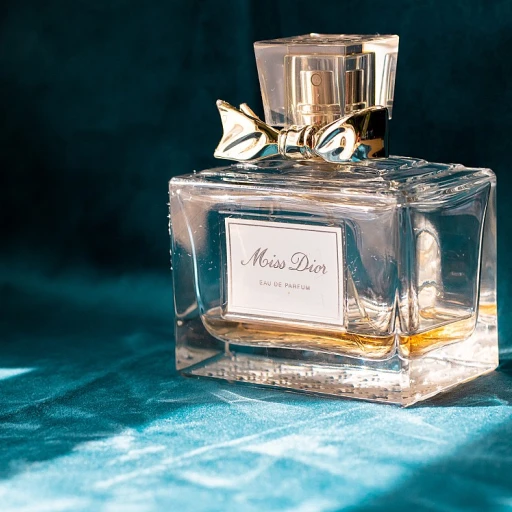
-large-teaser.webp)
